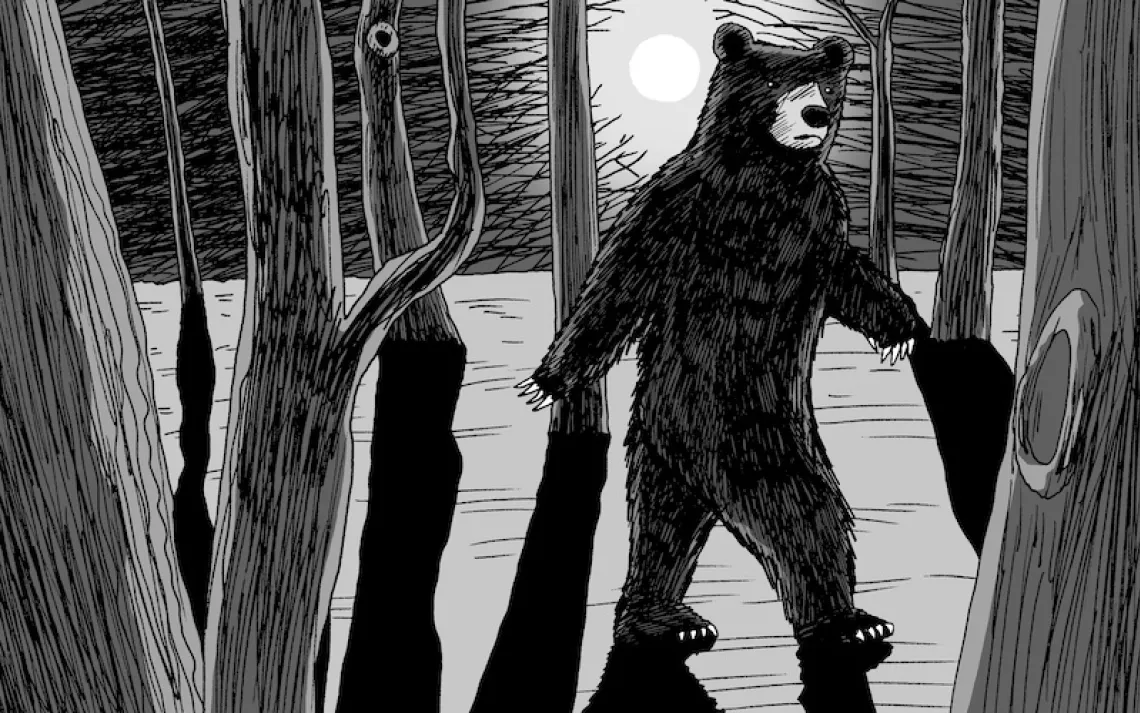No Newts Is Bad Newts
The exotic pet trade could wipe out wild salamanders.

Photo by David Wrobel/Visuals Unlimited Inc.
Salamanders are the secret mainstay of many American forests. Nocturnal and shy, the amphibians hide in damp forest floors, emerging only to snap up a cricket or beetle--and to be in turn snapped up by predators like skunks and possums. The United States may contain more salamanders and newts than any other country; University of Missouri researchers estimate that a whopping 1.88 billion live in one Ozark forest alone.
That could change quickly. The virulent fungus Batrachochytrium salamandrivorans (literally, "eater of salamanders"), originating in East Asia, is wiping out salamandrid populations in some parts of the world. Dutch researchers began finding dead fire salamanders on forest paths in 2008 and identified the fungus from ulcerlike lesions on the animals' skin, which leave them (and especially newts) vulnerable to lethal bacterial infections. By 2011, the Netherlands' population of fire salamanders had dropped by 96 percent, with the remaining few in captivity.
The fungus has yet to reach American shores. If it does, it will most likely be via the booming, highly underregulated pet trade. For example, more than 250,000 Chinese fire belly newts, potential carriers of the deadly fungus, enter the country each year. Should an escapee come into contact with native populations, says Kelly Zamudio, a population geneticist at Cornell University, the effect on U.S. newts would be "disastrous."
WHAT YOU CAN DO
Ask your representative to support the Invasive Fish and Wildlife Prevention Act, which would streamline the identification of invasive species and help to keep them from entering the United States.
 The Magazine of The Sierra Club
The Magazine of The Sierra Club







